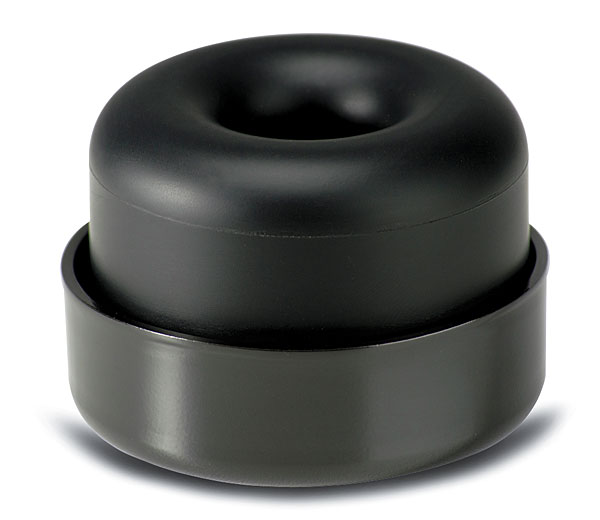In the name of science I just disassembled my Gaia 2 and took a picture so that you all can see inside.
The center is a dense plastic that fits into the rubber hole. The chassis is probably chrome plated steel because it is heavy. The base that makes contact to the floor is a concave rubber, so that when the speaker weights it down, it sucks the floor in quite a strong manner. Makes moving the speaker very difficult, so for testing better put a cloth between them and the floor until the final position is found, then remove the cloth. On top is the screw with different thread terminations depending on the thread the speaker uses, and between them 2 washers to fix one to the top and the other to the bottom.
Installation instructions say that all 4 logos must face forward for best effect. That is both the long axis of the center plastic, and also promotes the brand, double win in their book.

As far as I know the design is patented.
View attachment 232647
Edit: From what I see in
their drawing, the rubber hole also has a concave side on the inside, probably sucking the top chassis the same way the bottom rubber sucks the floor.
Edit 2: Since they are designed to be used with a certain weight range, it is probably when both concave rubbers are part way deflected, so that the speaker is "floating" to the rubbers' mechanical compliance. Like a piston compressed between 2 air bags.
View attachment 232652


